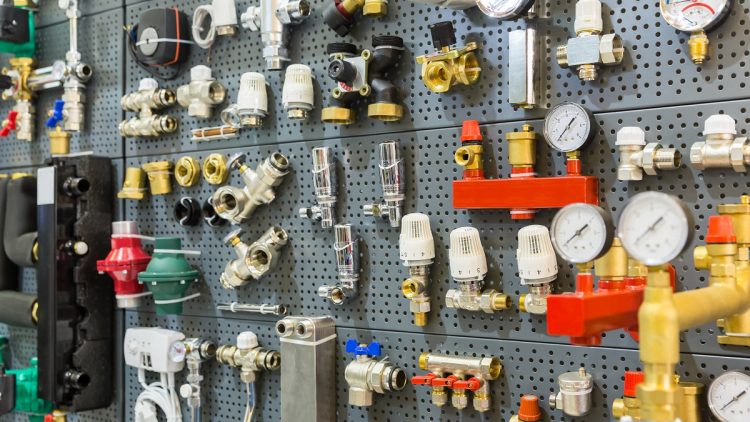What Is A Lift Station?
A house or company owner does not consider lift stations unless something goes wrong. When the gradient of the terrain prevents natural flow, a lift station is utilized to pump wastewater or sewage from a low level to a higher level.
The wet well and the controls are the two primary components of a lift station. The inflow is emptied into the wet well, which is also where the pumps are located. The lift station’s control panel is its brain.
So, how exactly do lift stations function? A pit is used to hold and feed sewage. When the sewage level in the pit reaches a specific level, electrical instruments detect that the pit is full and activate the pump, which pumps the sewage to its next destination. Because sewage can generate harmful gases like methane and hydrogen sulfide, most lift stations are located underground to avoid health dangers in tight spaces. As a result, owners of existing lift stations should consult a specialist to confirm that the pump is still functioning properly.
A expert can also guarantee that your lift station is properly maintained. Lift stations require maintenance to avoid the need for costly repairs because the pumps, electronic controllers, and electrical system are all in a constantly corrosive environment.
Wet wells must be pumped out and cleaned to prevent solids and grease buildup, pumps must be inspected, check valves must be greased, and floats must be inspected and cleaned to ensure optimal functioning. An inspection of all electrical motor-control equipment, as well as the basin, clean-outs, and coverings to avoid buildup, is also covered.
What constitutes a lift station’s components?
A lift station is made up of a number of critical mechanical components that must be monitored for efficiency, repair, and failure.
A lift station’s main components are:
- a receiving well for sewage
- Pumps, pipes, and valves for submersible pumps
- motors
- a power distribution system
- a system for monitoring and controlling equipment
- a system for odor control
Lift Stations Come in a Variety of Shapes and Sizes
Lift stations are often used by municipalities in charge of collecting and processing wastewater. The dry well/wet well pump, which is more conventional, and the submersible pump, which is more modern.
Well, it’s dry.
The system is housed in a separate place in dry-well lift stations (usually underground or in a separate chamber). Maintenance on a dry well is more risky and poses additional safety hazards due to this physical isolation.
Pump that can be submerged (Wet Well)
Submersible pumps are submerged in the wastewater they pump, as the name implies. It is installed within the wet well and pumps the wastewater with a motor. This method is more modern because it has less health and safety risks.
Never Replace Liquid Level Sensors Again with Waterline Controls™
Our level sensors and controls aren’t just for use in residential potable water holding tanks; some of the other applications include cooling towers, sump pumps, wastewater, boilers, water storage tanks, and building fire protection water tanks.

